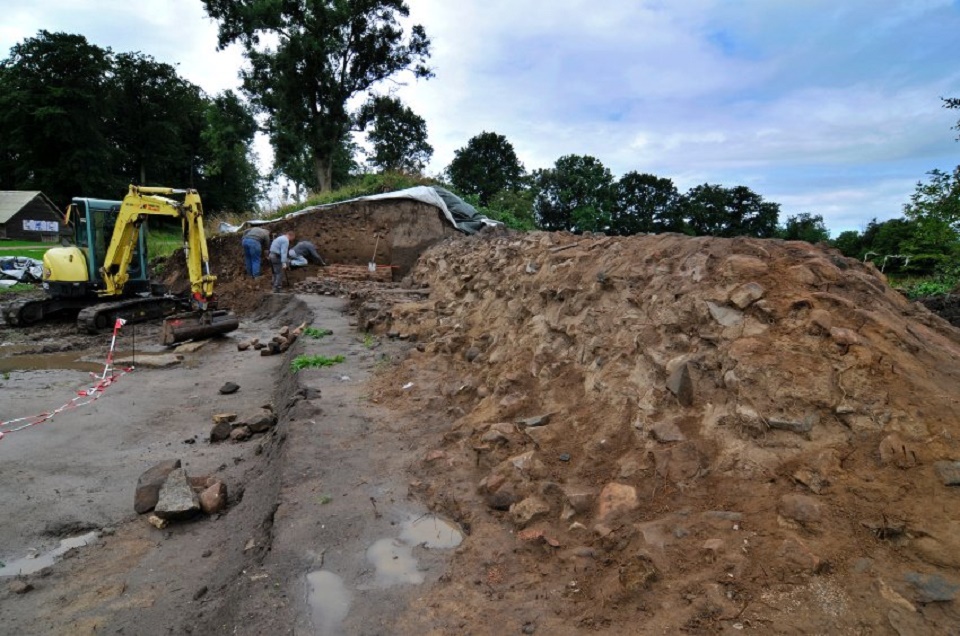
The Vikings are known for their surprise raids by which they came out of nowhere in rapid longboats. They attacked “like wild hornets” as an ancient description reads. They would plunder monasteries and entire cities from Ireland to Spain.
But the fact is that these Vikings or “Norse” peoples were also peaceful traders, farmers, and explorers are perhaps slightly less known.
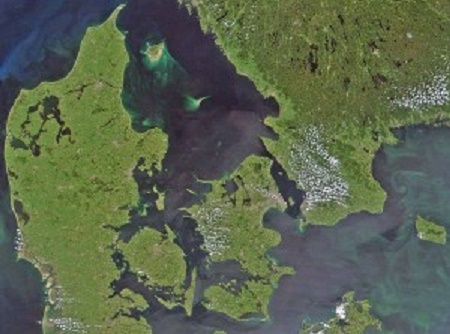
The Danevirke
The proof of this can be seen on the southern Jutland peninsula, in today’s Germany and just south of the border to Denmark. Here the remains of a 30 kilometer (19-mile) wall can be seen. A wall that once towered the landscape and stretched the whole peninsula from the Baltic Sea to the Atlantic Ocean.
Archaeologists recently found a 5 meters (circa 17 feet) wide gate constructed within the defensive structure. This wall was probably aimed to protect trade towards and from the Viking town of Hedeby (known as Haithabu in German), found just north of the wall. The wall called “Danevirke” was essentially a protective shield for commerce to be allowed to prosper.
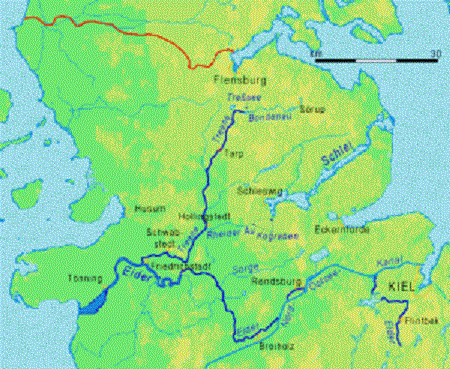
The gate has been described in ancient texts. These describe “riders and carriages” that flowed through a gate called “Wiglesdor” with goods from distant lands. Through this gate, all traffic to and from Denmark must have passed. The ancient descriptions also suggest some buildings next to the gate. As some sort of customs station and probably a tavern.
Finding this gateway has been a long-sought dream for archaeologists. The approximate location has been known but excavations have not been allowed due to the area lies on the privately owned ground, next to a cafe that went bankrupt in 2008 and was then purchased to allow for excavations to proceed.
The remains of the gate have been excavated in a section of the wall from around the year 700. Carbon-14 dating indicates that the initial construction of the wall was done at this time, and was ongoing until the second half of the 7th century. Then the main structure of the Danevirke built in three phases between 737 and 968 CE.
Later, during the Middle Ages, the structure was reinforced with palisades and masonry walls and was mainly used for military purposes.





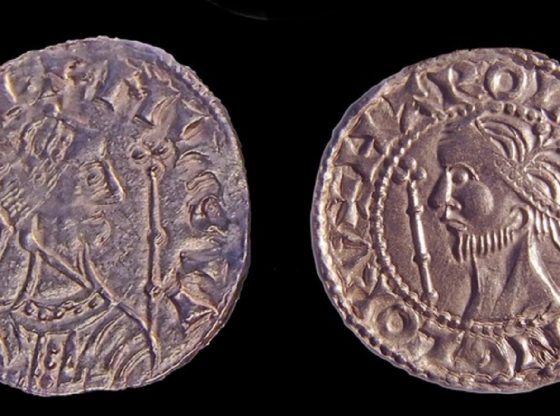

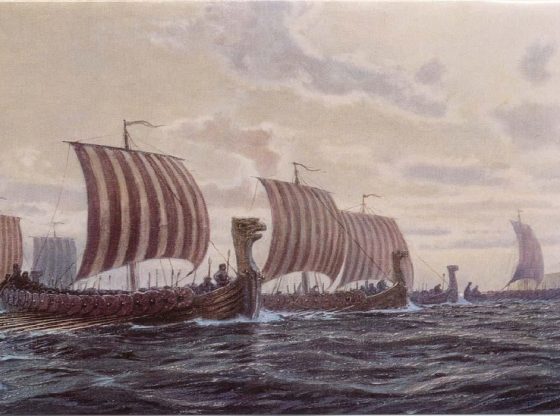
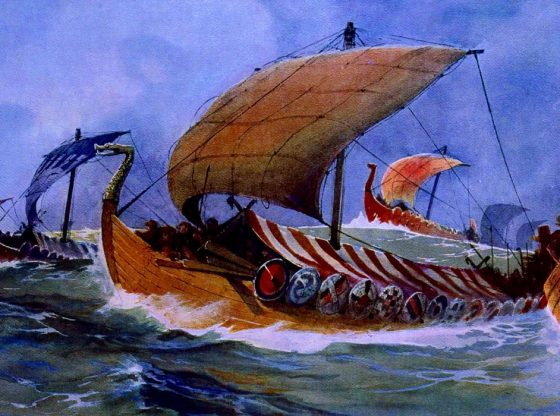


![OpenAI. (2025). ChatGPT [Large language model]. https://chatgpt.com](https://www.illustratedcuriosity.com/files/media/55136/b1b0b614-5b72-486c-901d-ff244549d67a-350x260.webp)
![OpenAI. (2025). ChatGPT [Large language model]. https://chatgpt.com](https://www.illustratedcuriosity.com/files/media/55124/79bc18fa-f616-4951-856f-cc724ad5d497-350x260.webp)
![OpenAI. (2025). ChatGPT [Large language model]. https://chatgpt.com](https://www.illustratedcuriosity.com/files/media/55099/2638a982-b4de-4913-8a1c-1479df352bf3-350x260.webp)








